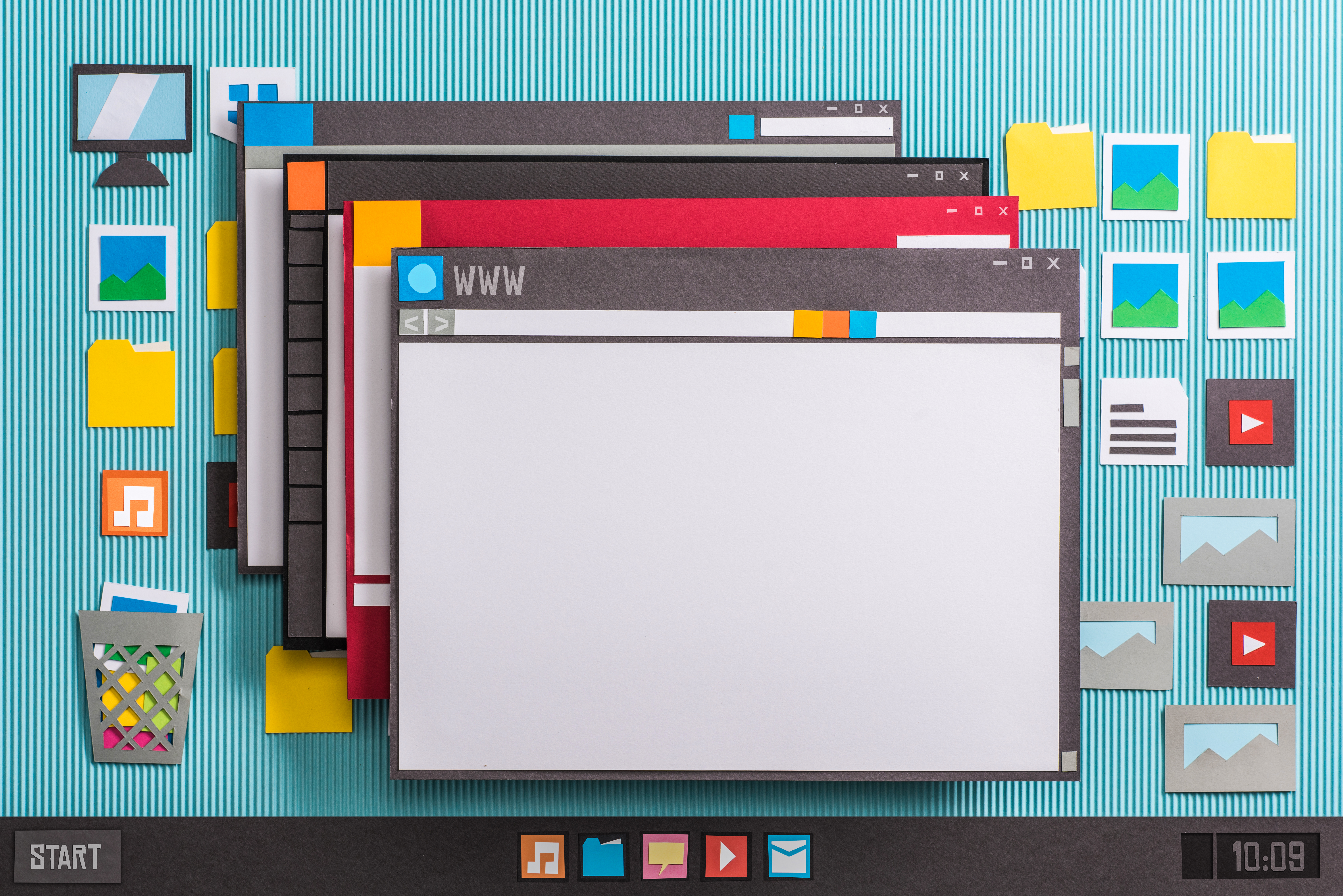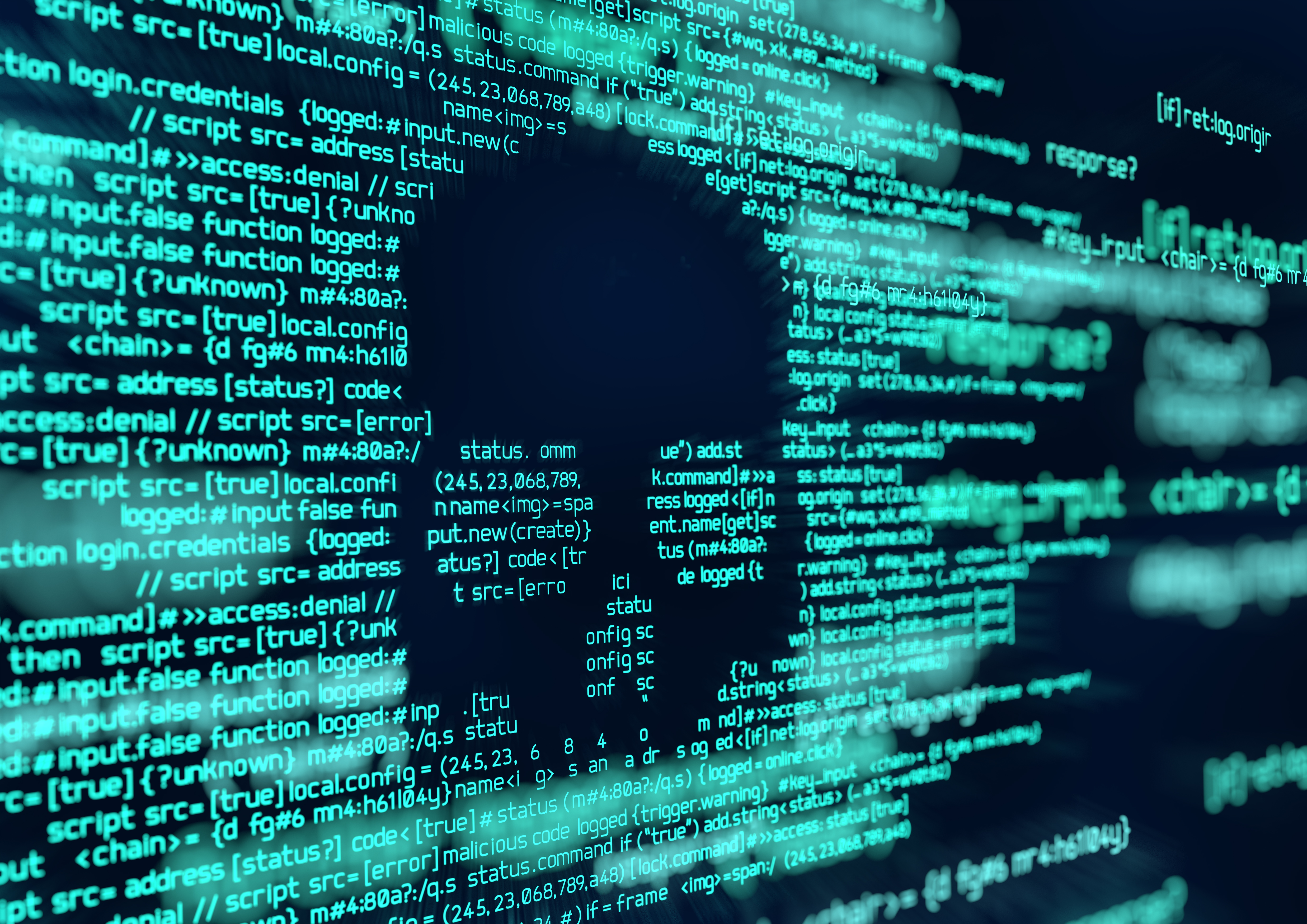As more people download and install Ubuntu on their computer, I’m finding questions start to trickle in asking for help with Ubuntu and other Linux variants. Just like any other operating system, there are a number of things to do after installing Ubuntu for the first time. Even if you just installed the latest version of Ubuntu, you will want to make some updates to insure you’ve got all the latest software versions. With that in mind, here are some of the top things to do after installing Ubuntu on your computer.
Run Update Manager
Things are changed after an Ubuntu build is released. To make sure you have the latest updates for Ubuntu, run Update Manager to check for changes.
Enable Repositories
Repositories make it easy to find and install software on your computer, but you need to make sure you’ve enabled them before you can take advantage of this handy feature. To enable the repositories, open the Ubuntu Software Center, Edit > Software Sources. Under the tab Ubuntu, check the repositories. You probably don’t need the source code repository, unless you plan to do some serious customization. You may want to switch the mirror used by Download from: to one geographically closer to you, but this is optional. Be sure to enable the partners repository from under the Other Software tab.
Restricted Extras
Ubuntu gives you the option to install additional features like codecs and Flash during installation, however, if you opted not to install them during the installation, simply install the ubuntu-restricted-extras from the command line using the following command:
sudo apt-get install ubuntu-restricted-extras
Install VLC Player
I find Totem, the Ubuntu default video player, to be weak on features. Much like I recommend VLC for Windows, it’s also a great video and audio player for Ubuntu. You can install automatically from the command line using:
sudo apt-get install vlc mozilla-plugin-vlc
Enable Graphics Card Drivers
While your graphics card will work in a generic mode automatically, using advanced desktop effects like Compiz requires enabling the official drivers for your graphics card. Ubuntu automatically detects most 3D drivers, which results in a circuit board icon appearing on the top panel. Click that icon and follow the steps to get your drivers. If Ubuntu fails to detect your graphics card, you may need to manually run the hardware configuration tool from the System > Preferences menu.
Set up Ubuntu One file sync or Dropbox
Ubuntu One allows Ubuntu users 2GB of free online storage space to back up and sync important files, Firefox bookmarks, Tomboy notes and Evolution contacts. In most cases, I prefer to use the sync feature of Ubuntu One for some things, while using Dropbox for keeping files in sync, so that they are accessible to non Ubuntu devices like my iPad. To get Ubuntu One go to Applications > Internet > UbuntuOne to get started.
Install Ubuntu Tweak
Ubuntu Tweak helps to manage and install extra apps, makes tweaking your desktop easier, and includes some GUI features for the built in system cleaning options.
Upgrade the Nautilus File Browser
Nautilus, the built-in file browser, could be better. Fortunately the community offers an “upgrade” to make Nautilus more usable via Nautilus-Elementary. It includes a cover-flow like browsing view, built-in terminal, toolbar editor, and the ability to hide the zoom slider and main menu. You can upgrade Nautilus via the command line with the following commands:
sudo add-apt-repository ppa:am-monkeyd/nautilus-elementary-ppa
sudo apt-get update && sudo apt-get dist-upgrade
Install GIMP for Photo Editing
Photo editing is one feature I can’t be without on any computer. GIMP used to be bundled with Ubuntu, but has been for several versions. You can add GIMP to your install with the following command line procedure:
sudo apt-get install gimp
There are many other things you could do to get Ubuntu up and running, but this is a good list to get you started.




